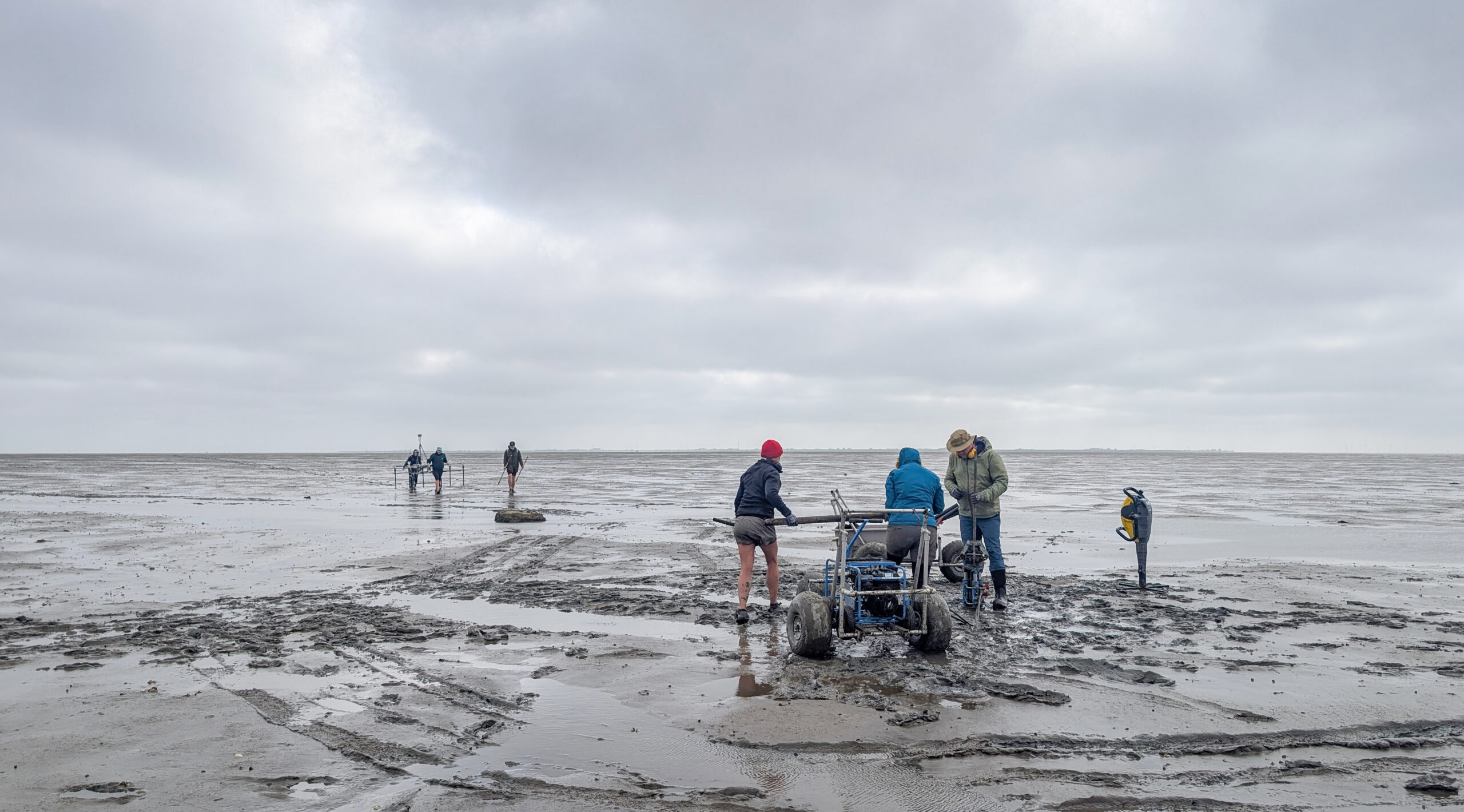
"The Wadden Sea region in North Frisia as part of the UNESCO World Heritage Site is an ecosystem that is globally unique. At the same time, it is the relic of a former cultural landscape that was extensively shaped by humans. Large areas drowned during a major storm surge known as the 'First Grote Mandränke' in 1362 and were permanently lost."
"Funded by the German Research Foundation (DFG) for the next four years, TORF will bring together seven subprojects across the natural sciences and humanities. TORF unites experts from archaeology, history, geography, geology, geophysics, and microbiology to reconstruct how human activities and environmental forces interacted in the medieval period. Alongside JGU, participating institutions include Kiel University (CAU), the Leibniz-Zentrum für Archäologie (LEIZA), the State Archaeology Department of Schleswig-Holstein (ALSH), and the Lower Saxony Institute for Historical Coastal Research (NIhK)."
TORF investigates how medieval communities shaped and sometimes lost the coastal landscapes of North Frisia in the Wadden Sea. Funded by the German Research Foundation (DFG) for four years, the initiative coordinates seven subprojects across natural sciences and humanities. Research focuses on the effects of storm surges, land reclamation, and settlement on medieval environments, emphasizing the 1362 'First Grote Mandränke' storm flood that drowned large areas. Failed reclamation transformed drowned zones into tidal flats that preserve archaeological remains. The project combines archaeology, history, geography, geology, geophysics, and microbiology and involves institutions including JGU, CAU, LEIZA, ALSH, and NIhK.
#wadden-sea #medieval-coastal-change #storm-surges #interdisciplinary-research #archaeological-preservation
Read at Medievalists.net
Unable to calculate read time
Collection
[
|
...
]